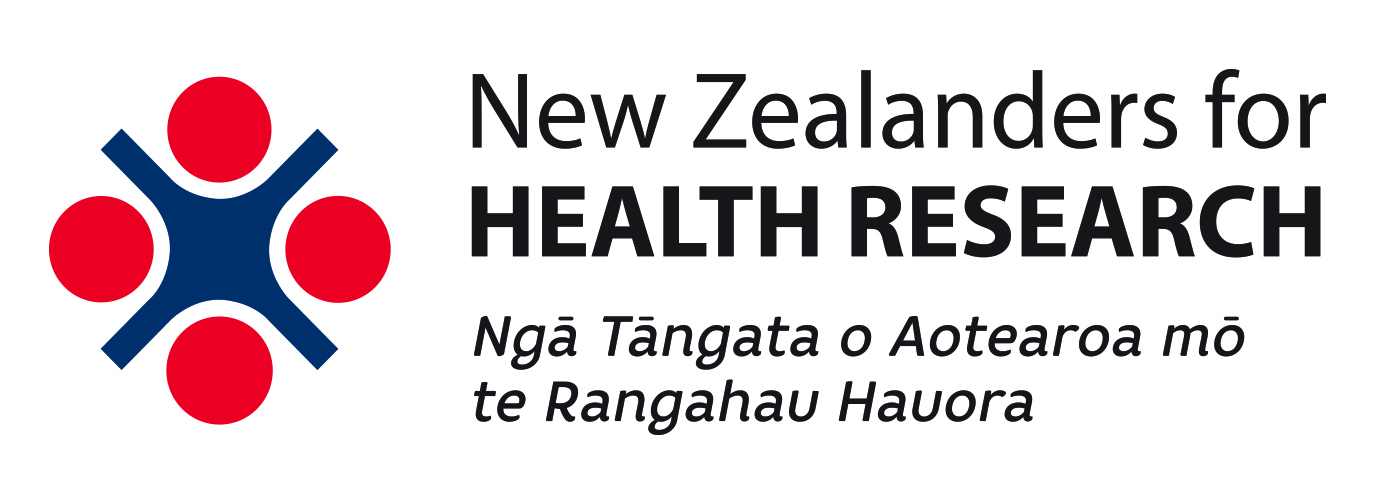Health Research Council funding trajectories
In our last newsletter we estimated, very conservatively, that government underinvestment in health research over the past ten years stands at almost $222m, and referred readers to a think piece here on NZHR’s website.
The New Zealand government has recognised the fact of its underinvestment in both its 2015-2025 National Statement of Science Investment and its 2016 Strategic Refresh of the Health Research Council (HRC), and through Budget 2016 responded with a significant (and very welcome) funding increase to the Health Research Council of $97m over four years.
But is this enough, and will the funding trajectory that the future year on year increases represent be enough to ensure that there will be a sufficient level of investment in the medium term?
To answer this question we drew upon research by Reid et al which found that for 2012/13 the Australian and UK direct investment in health research is respectively 3.4 and 4.5 times more per head of population than that of New Zealand (NZMJ 14 February 2014, Vol 127 No 1389; URL: https://www.nzma.org.nz/__data/assets/pdf_file/0007/34189/content.pdf).
Applying these factors to the 2012/13 budgeted direct expenditure on health research in New Zealand, we find that if health research had been funded at the same level as it was in Australia it would have comprised 2.07% of that year’s health care delivery costs, and 2.75% if the UK benchmark is used. The average of the two equates to 2.4%, which NZHR believes is an appropriate target to aim for.[1]
We further believe that the government should be reasonably aiming to achieve this within the next ten years.
We have assumed that over the next four years health care delivery costs will increase at the same rate as they have over the last four years, ie 8.76% for the period, dropping to 2.0% per year thereafter to recognise the impact of the HRC Strategic Refresh and its increased funding.
The HRC four-year funding trajectory represents an overall annual growth rate of just under 11% per year, with a flagged increase of 16% between 2018/19 and 2019/20. This article’s post-2019/20 forecasts present trajectory scenarios based on both percentages
The results of the analysis are presented in the graph below which indicates that post-2020 growth trajectories of neither 11% nor 16% come close to approaching the target of 2.4% of health care costs within the next decade. To achieve the target by 2026/27 HRC funding would need to be increased by 25% per year from 2020/21 onwards.

As illustrated by the chart below a best case scenario for the 11% growth trajectory, (i.e. assuming no increases in expenditure on health care delivery after 2026/27), is that the 2.4% target would be reached by 2033/34. For the 16% growth trajectory the target would be achieved by 2029/30.

Failure to achieve a reasonable level of health research investment in the shortest possible time means that new Zealanders will continue to unnecessarily suffer, and die, from preventable, curable and treatable conditions. When compared with other countries many of these are associated with high New Zealand specific prevalence and incidence rates, e.g. mental health illnesses, heart disease, bowel cancer and melanoma, and it is imperative that New Zealand clinicians are given the tools and knowledge to provide New Zealanders the best possible therapies and care.
In short NZHR believes that it is imperative for New Zealand to significantly improve both the efficacy of its health care delivery system and New Zealander’s health outcomes, and that we cannot afford to wait until 2030, let alone 2034.
[1] If the target of 2.4% of health care delivery costs were to be applied to NZHR’s previous analysis of New Zealand’s historical underinvestment in health research the resulting ten-year shortfall would stand at $2.48b

